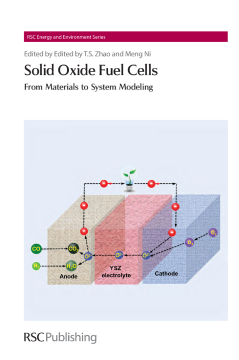
Additional Information
Book Details
Abstract
Solid oxide fuel cells (SOFCs) are promising electrochemical power generation devices that can convert chemical energy of a fuel into electricity in an efficient, environmental-friendly, and quiet manner. Due to their high operating temperature, SOFCs feature fuel flexibility as internal reforming of hydrocarbon fuels and ammonia thermal cracking can be realized in SOFC anode.
This book presents an overview of the SOFC technology with a focus on the recent developments in new technologies and new ideas for addressing the key issues of SOFC development.
This book first introduces the fundamental principles of SOFCs and compares SOFC technology with conventional heat engines as well as low temperature fuel cells. Then the latest developments in SOFC R&D are reviewed and future directions are discussed. Key issues related to SOFC performance improvement, long-term stability, mathematical modelling, as well as system integration/control are addressed, including material development, infiltration technique for nano-structured electrode fabrication, focused ion beam – scanning electron microscopy (FIB-SEM) technique for microstructure reconstruction, the Lattice Boltzmann Method (LBM) simulation at pore scale, multi-scale modelling, SOFC integration with buildings and other cycles for stationary applications.
